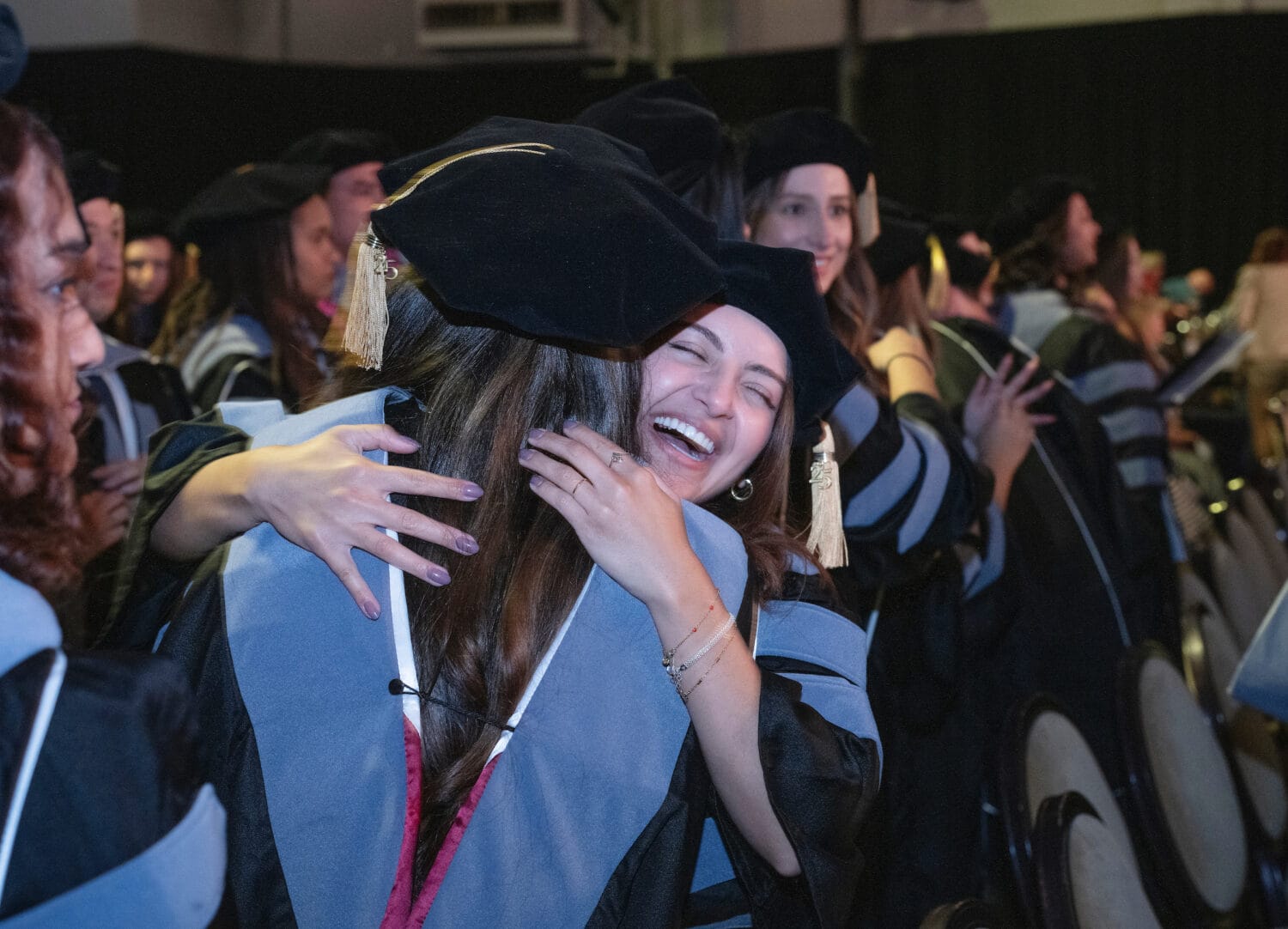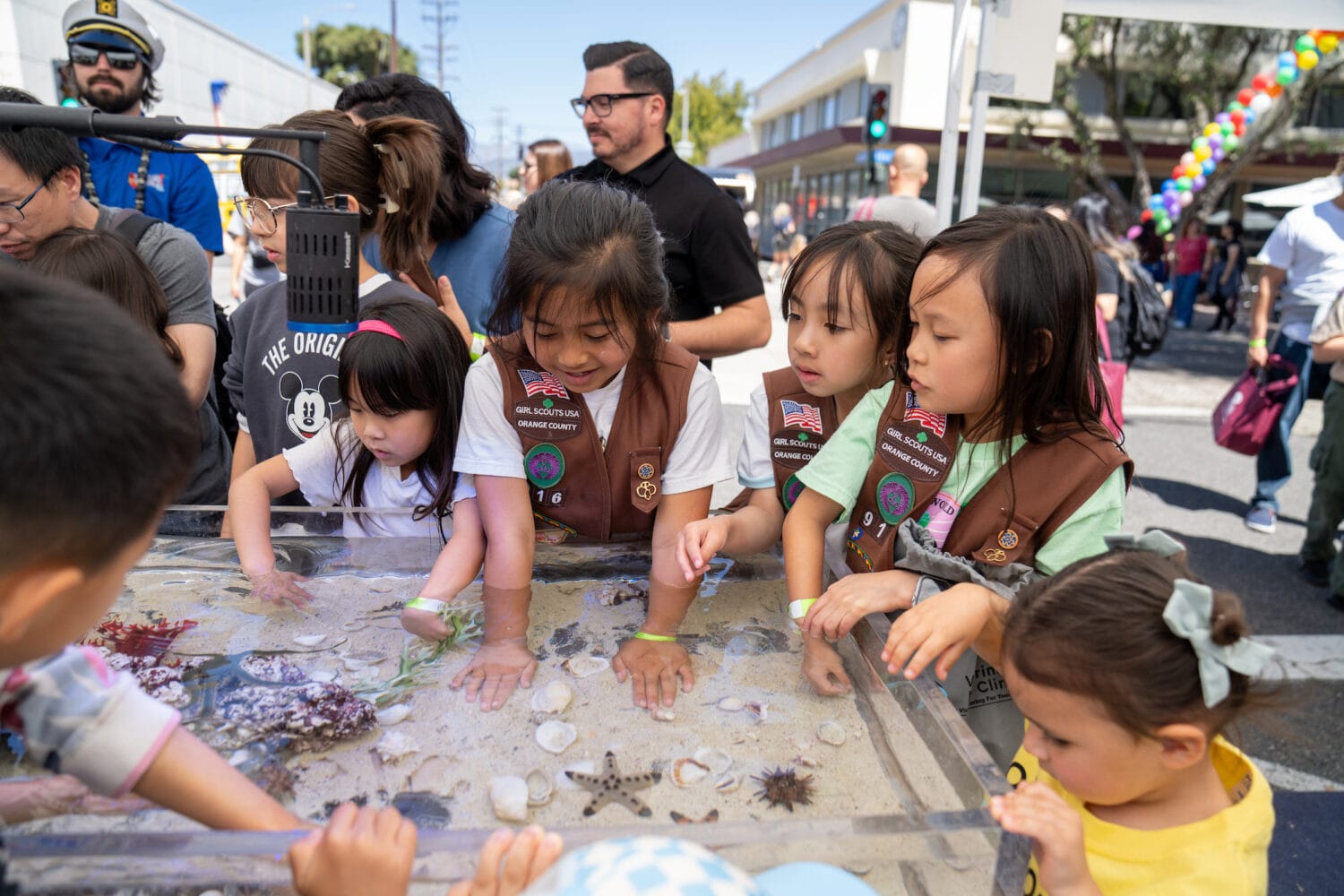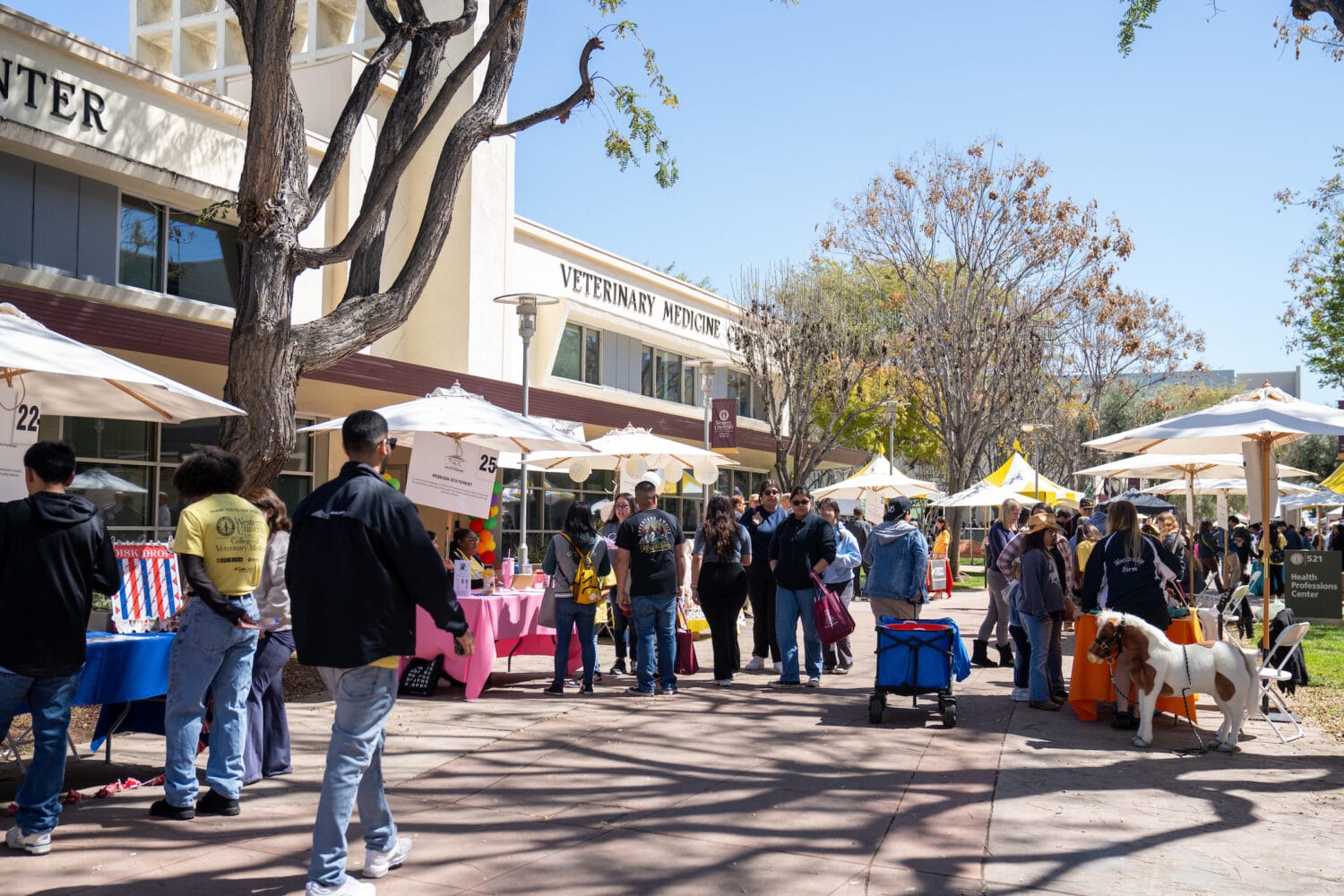Kangaroos at WesternU
College of Veterinary Medicine alumnus Brad Ahrens, DVM ’12, brought two red kangaroos to the WesternU Pet Wellness Center Oct. 8, 2014 for surgery, providing an opportunity for collaboration now and in the future.
The male red kangaroos – Lenny, 2, and Captain, 3 – were neutered by CVM Professor Maria Fahie, DVM, MS, DACVS, with assistance from Ahrens and Associate Professor David Clark, DVM.
"You need to neuter them while they’re still young. Otherwise they grow up to be really big and can become aggressive," Ahrens said.
Ahrens is in his third year of a laboratory animal residency at the University of Southern California and City of Hope, and is earning his PhD in Biological Sciences at City of Hope. He also works for Birds & Animals Unlimited, which contracts with Universal Studios Hollywood to provide animals for its theme park show, "Universal’s Animal Actors," and for many film and television productions.
Birds & Animals Unlimited has facilities at Universal Studios and in Acton, Calif., but they do not have a surgery suite, creating an opportunity for collaboration with WesternU. The company has many exotic animals, and Ahrens said he hopes to partner with WesternU in the future, to the benefit of everyone involved.
"Getting faculty and students engaged in learning on species they wouldn’t normally see while providing cutting-edge veterinary care to the animals is a great situation," Ahrens said.
Even if they aren’t directly participating with the surgery, students might pass by the viewing window during the kangaroo’s surgery and notice they’re using an endoscope to visualize the epiglottis while putting in the endotracheal tube.
"Then someday down the road, if they ever encounter a kangaroo in practice, they might say, ‘Oh, I remember these guys need an endoscope to intubate,’" Ahrens said.
CVM Professor Wael Khamas, BVM&S, MS, PhD, and Professor Josep Rutllant, DVM, PhD, are using the kangaroo testicles for histological research. They have interest in the testes of the red kangaroo because they have unique adaptations to temperature that is reflected in the thermoregulatory mechanisms at the level of the testes, Khamas said.
“Some of these mechanisms are not yet fully understood, and failure in these physiological systems can result in infertility,” he said.
“This tissue donation provides us with a unique opportunity to perform a comprehensive histological study of the testis and its adjacent structures,” Rutllant said. “If we can provide some in-depth histological descriptions of the different regions of the red kangaroo male genital tract, we can elucidate some reproductive physiological implications.”
Ahrens teaches interprofessional education at WesternU and has given presentations on exotic animals and veterinary research to students at the request of various student clubs. He has also taught clinical skills workshops on reptile and arachnid veterinary techniques.
"This is just another patient I’m bringing in," he said. "I hope to bring more in the future. It’s nice to collaborate and have the students learn from this."



